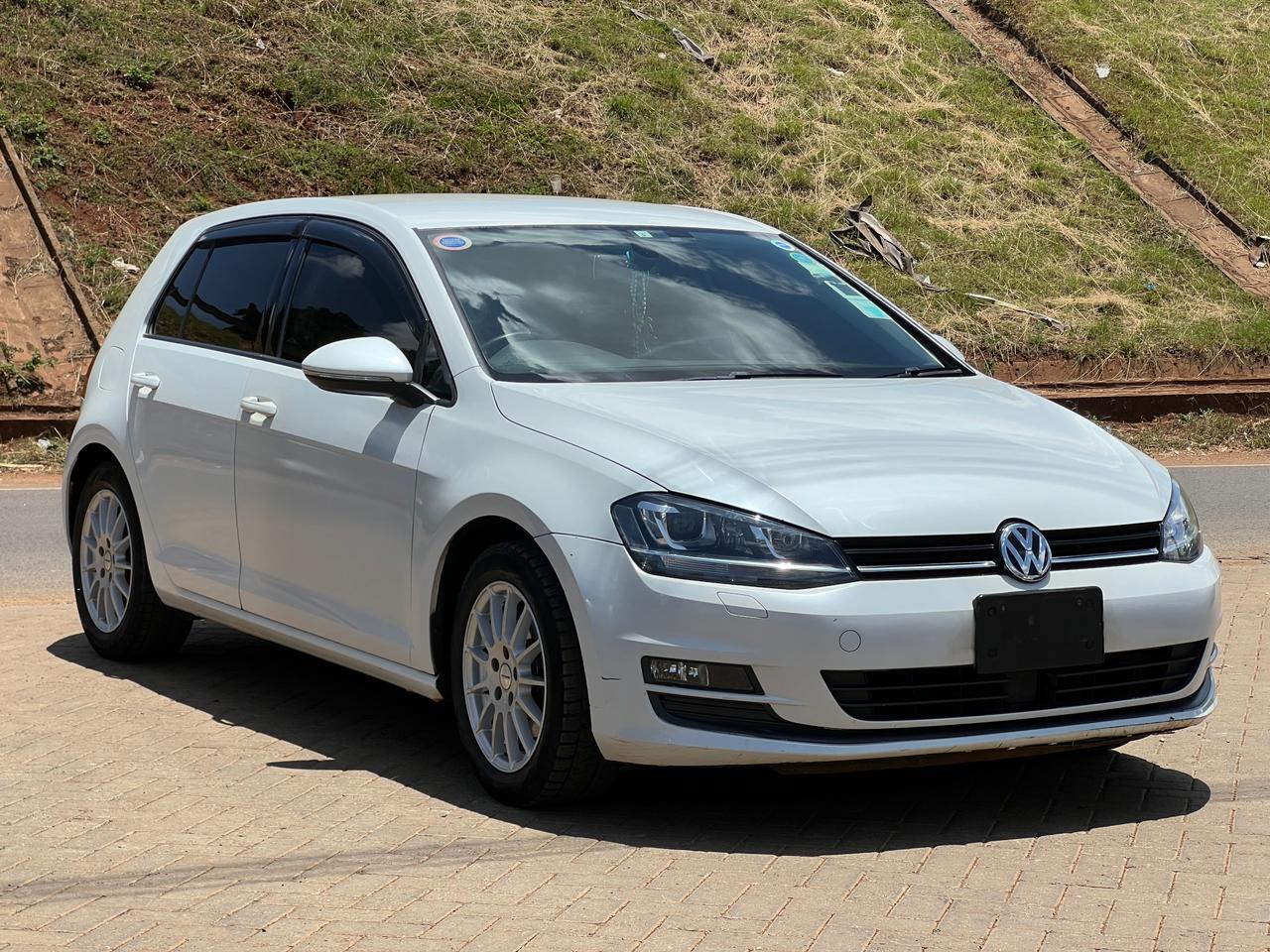Electric Cars + AI: The Ultimate 2025 Buyer’s Playbook
Electric Cars + AI: The Ultimate 2025 Buyer’s Playbook
From smart charging to on-board copilots—discover how artificial intelligence is transforming electric vehicles, how to pick the right EV for your lifestyle, and how to book a test drive today. Your unique booking TICKET-ID will be generated automatically.
Smart Energy
AI optimizes charging, predicts battery health, and reduces energy costs with grid-aware scheduling.
Predictive RangeBattery HealthDriver Confidence
Advanced driver assistance (ADAS) combines sensors and AI to support safer, calmer journeys.
Lane AssistCollision AvoidEV Basics: Why Electric Cars Are Winning
Electric cars replace internal combustion engines with electric motors and battery packs. The result is near-silent acceleration, fewer vibrations, and dramatically lower maintenance. With fewer fluids, filters, belts, and exhaust parts, EVs typically require less servicing. Regenerative braking not only saves the brake pads but also recycles motion back into the battery.
Modern EV platforms integrate the battery pack into the vehicle’s floor, improving rigidity and lowering the center of gravity for better handling in corners and enhanced crash protection. The flat floor also unlocks creative cabin designs, more legroom, and flexible storage solutions.
Performance is a headline benefit. Electric motors deliver maximum torque from zero RPM, making even family-focused EVs feel quick. Meanwhile, fine-grained traction control at each motor can improve stability on wet or unpaved roads. For drivers, the experience blends calm refinement with instant response.
Key Advantages
- Lower Running Costs: Electricity is usually cheaper per kilometer than petrol. Home or workplace charging turns downtime into fuel time.
- Less Maintenance: No oil changes, fewer wear items, and software updates that improve features over time.
- Quiet + Quick: Smooth power, instant torque, and a peaceful cabin for long trips or city commutes.
- Clean Air: Zero tailpipe emissions for better urban air quality and reduced CO₂ when paired with clean power.
AI in Modern Cars: From Hype to Daily Help
AI in modern cars is not just about autonomous driving. Today’s AI powers a spectrum of features that quietly make driving safer, cheaper, and more convenient. Think of it as a 24/7 digital co-pilot.
What AI Does in Your EV
- Predictive Range & Routing: AI blends battery health, speed, traffic, weather, and elevation to forecast range accurately and suggest charging stops that fit your schedule.
- Smart Charging: Schedules charging at off-peak hours, protects battery longevity with top-off limits, and adapts to your travel patterns.
- Safety Watchdog: Perception models fuse cameras, radar, and sometimes lidar to help with lane keeping, blind-spot monitoring, and forward collision warnings.
- Driver Alerts: Drowsiness and distraction detection use eye-gaze, steering micro-corrections, and cabin sensors to nudge you when it’s time for a break.
- Proactive Maintenance: Analyzes motor temperatures, charging behavior, brake usage, and vibration to forecast service needs—reducing surprise downtime.
- Natural Voice: On-device assistants process commands for navigation, climate, and entertainment—hands on the wheel, eyes on the road.
As models improve, features arrive via over-the-air (OTA) updates. Your EV can literally become smarter overnight—new lane-change behaviors, refined energy predictions, or better parking assist—without a dealership visit.
Charging & Range: Kill Range Anxiety with Data
Range anxiety fades when you understand charging basics. Most daily driving fits within home or workplace charging; public fast chargers are for road trips or quick top-ups.
Charging Types
- Level 1 (AC): Standard wall socket; slow but useful for overnight top-ups.
- Level 2 (AC): Home or mall chargers adding significant range per hour—ideal for daily use.
- DC Fast Charging: Long-distance enabler. 10–80% in ~20–40 minutes on many modern EVs.
AI-enhanced route planners consider altitude, temperature, wind, traffic, and your driving style to recommend realistic stop plans. You’ll see not just where to charge, but how long, and your predicted state of charge (SoC) on arrival and departure.
Battery Health & Lifespan
Lithium-ion batteries prefer moderate temperatures and partial charges. AI can enforce charging limits (say 80–90% for daily use), precondition packs before fast charging, and cool/heat cells to extend life. Many packs are warranted for 8 years or more.
Safety & ADAS: Co-Pilot, Not Autopilot
ADAS features—adaptive cruise, lane centering, blind-spot alerts—are assistance, not autonomy. Keep hands on the wheel and eyes up. When used properly, ADAS lowers crash risk and reduces fatigue on long stretches.
- Forward Collision Avoidance: Warns and brakes if a crash is imminent.
- Lane Keeping: Gentle steering support to reduce drift.
- 360° Parking: Camera views plus auto-park on some models.
- Speed Assist: Reads signs and helps you respect limits.
Ownership Costs: The Hidden Win
Electric cars shift costs from fuel and frequent maintenance to electricity and occasional service. Tires and wiper blades remain, but oil, exhaust, and clutch repairs vanish. Regenerative braking extends pad life dramatically.
Insurance and resale vary by market and model. Software-driven EVs often hold value well due to feature updates. Company fleets benefit from centralized charging policies and telematics that coach efficient driving.
EVs in Kenya: Local Considerations
Kenya’s growing EV ecosystem includes home and workplace charging, emerging public DC fast chargers on key corridors, and a thriving light-mobility scene (e-bikes and e-buses). Solar integration is attractive thanks to high insolation. For households with variable power costs, AI-scheduled charging can significantly reduce monthly bills.
- Urban Use: Ideal for Nairobi’s stop-and-go traffic—regen saves energy.
- Road Trips: Plan with verified charging stops; precondition battery for optimal fast-charge times.
- Home Setup: Dedicated circuit for Level 2 charging, surge protection, and safe cable management.
Buyer’s Checklist: Choose the Right EV
- Daily round-trip distance + occasional road trips?
- Home/workplace charging availability?
- Ground clearance and road conditions you face?
- Boot space, child seats, and roof racks as needed?
- Software ecosystem: maps, voice assistant, app control?
- Warranty on battery + drive unit; service network reach?
Book a Test Drive / EV Consultation
Fill the form—your unique Ticket ID will be generated and sent to our WhatsApp for priority handling.
Frequently Asked Questions
How long do EV batteries last?
Most modern packs are engineered for hundreds of thousands of kilometers. Sensible charging habits and thermal management prolong life. Many OEMs back batteries with 8-year warranties.
Can I road-trip in an EV?
Yes. Use AI-based planners to schedule fast charges along your route. Precondition the battery before a DC stop for the quickest charge.
Do EVs work in rainy or hot climates?
Absolutely. Thermal systems keep batteries in the sweet spot. Wet-weather traction can be superior due to granular motor control.
Is home charging complicated?
Usually not. A dedicated circuit and a qualified installer are recommended for Level 2. Smart timers and apps make it set-and-forget.
© Code & Clutch — Electric Cars & AI Guide. Bookings via WhatsApp.





Comments